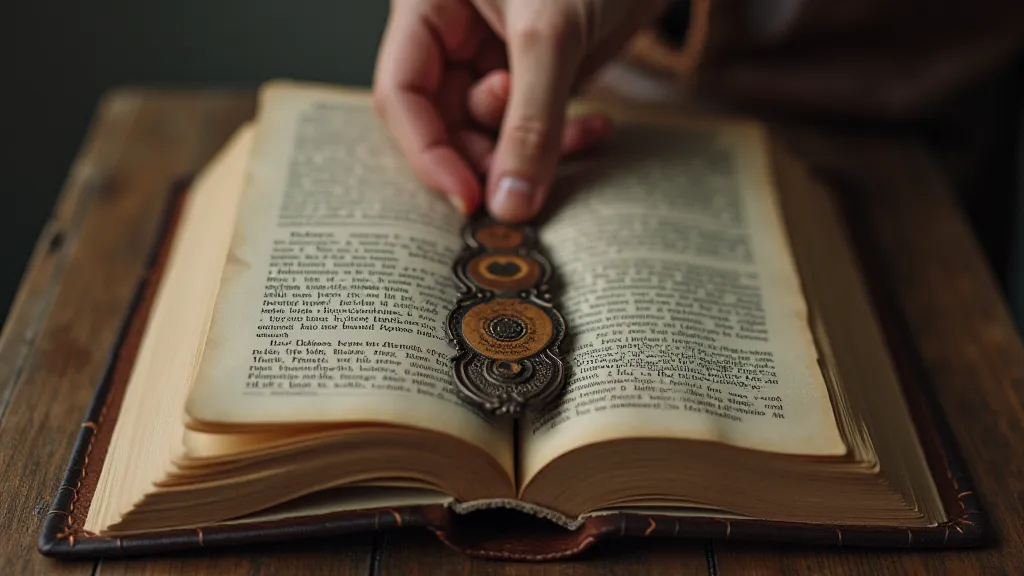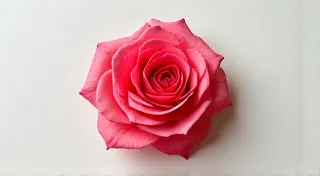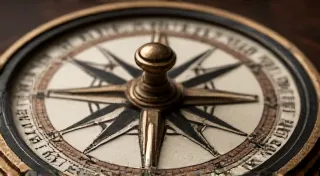Ephemeral Echoes: When Bookmarks Whisper of Forgotten Lives
There's a quiet beauty in the forgotten. In the chipped teacup found in an antique shop, the faded photograph tucked into a dusty album, the single, unassuming bookmark pressed within the pages of a well-loved book. These aren't merely objects; they’re fragments of stories, delicate echoes of lives lived. And among these treasures, vintage bookmarks possess a particular charm – a tangible link to a past we can only glimpse, a silent conversation with those who held them before us.
We collect books, of course. We cherish their spines, inhale their scent, and adore the worlds they contain. But what about the silent guardians of those worlds? The bookmarks. Often overlooked, frequently discarded, yet capable of revealing unexpected insights into the history of reading and the individuals who shaped their personal libraries.
The modern bookmark – often a laminated card or a mass-produced trinket – rarely evokes a sense of history. Vintage bookmarks, however, are different. They’re imbued with a character, a craft, a connection to a time when attention to detail mattered. Consider the difference between a sleek, minimalist design and a delicately embroidered silk ribbon, painstakingly crafted by hand. Or a whimsical Art Deco design stamped in gold foil, a testament to the era's optimism and artistic flair.
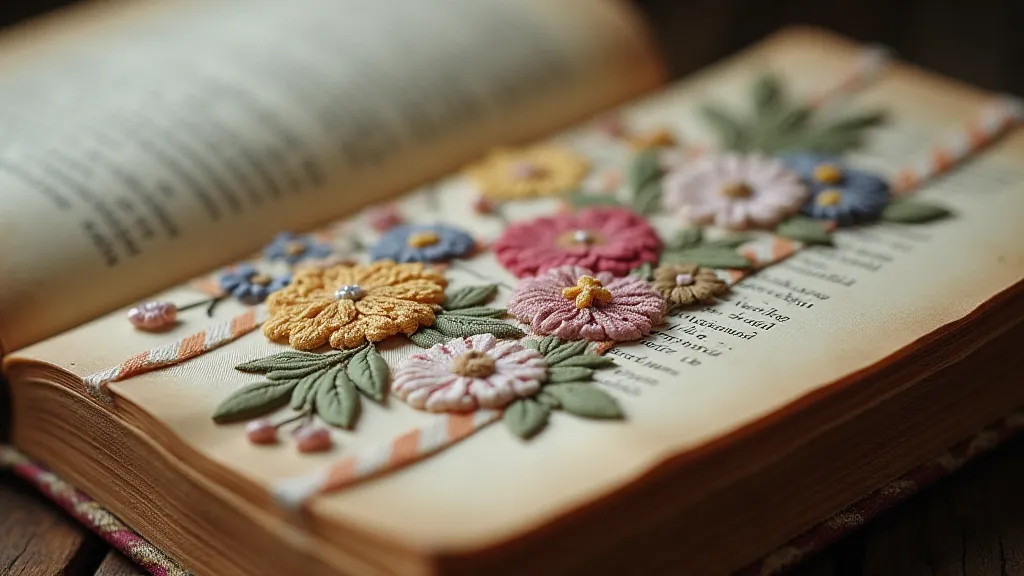
A Chronicle in Cardboard and Lace
The history of bookmarks is interwoven with the evolution of reading itself. Prior to the widespread availability of paper, readers often used materials at hand – dried flowers, scraps of fabric, even pressed leaves – to mark their place. This practice hints at a deeper human impulse to personalize and connect with the texts we consume. As books became more accessible, specialized bookmarks began to appear. The 16th and 17th centuries saw the rise of intricately carved ivory and silver bookmarks, often bearing the crests of noble families. These were status symbols as much as functional objects, reflecting the importance of literacy and the growing merchant class. The care taken in their creation demonstrates an appreciation for books that transcends mere utility – it’s an expression of cultural values.
The Victorian era, with its obsession with sentimentality and elaborate decoration, saw an explosion of bookmark designs. Lace, silk, velvet, and intricately pierced metalwork were common materials. Printed paper bookmarks, often featuring romantic illustrations or inspirational quotes, became increasingly popular, accessible to a wider audience. These weren't simply utilitarian objects; they were often gifts, tokens of affection, or cherished mementos. The very act of gifting a bookmark suggests a desire to share a literary experience, a personalized connection to the stories contained within.
The early 20th century brought about new materials and printing techniques. Art Deco designs, with their geometric patterns and bold colors, became fashionable. The rise of mass production made bookmarks more affordable, further solidifying their place in the reading experience. But even within the context of mass production, skilled artisans continued to create beautiful, hand-crafted bookmarks – a testament to the enduring appeal of quality and artistry. It’s fascinating to consider how the increasing availability of bookmarks coincided with broader societal shifts toward literacy and accessibility of literature. The stories they hold, however, remain deeply personal.
More Than Decoration: Glimpses into Lives
For the collector, a vintage bookmark isn’t just a pretty object; it's a portal to a different time. I recall finding a simple, paper bookmark in a copy of "Little Women" at an estate sale. It was a small, rectangular card, printed with a faint illustration of a robin and a handwritten inscription: "To Eleanor, with love, Mother, 1928." That single sentence conjured a vivid image of a young girl, nestled by the fire with a beloved book, receiving a heartfelt gift from her mother. It's a tiny window into a family's history, a whisper of a life lived nearly a century ago. It's moments like these that truly highlight how bookmarks, seemingly insignificant on their own, can become anchors to profound and personal narratives.
Another bookmark, a delicate silver filigree piece found tucked within a collection of poetry, bore the initials "A.M." Who was A.M.? What were their favorite poems? Did they share them with others? These unanswered questions are part of the allure; the mystery that fuels the collector’s passion. Sometimes, the mystery extends beyond a single individual; perhaps A.M. was part of a literary salon, sharing their love of verse with a circle of friends. The possibilities are endless, and the unanswered questions only deepen the enchantment.
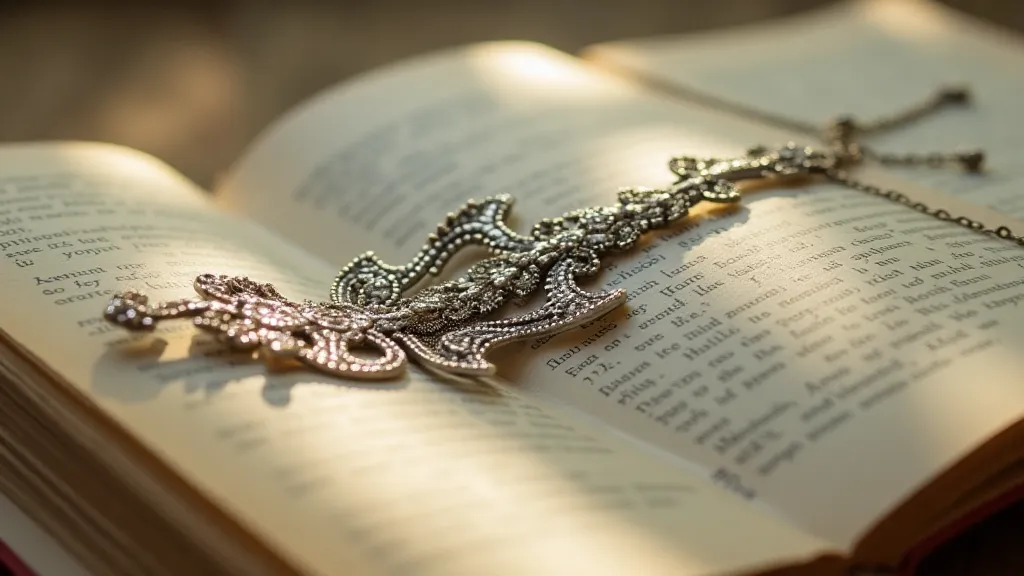
Sometimes, the stories are more poignant. A faded, printed bookmark with a picture of a soldier, inscribed with a heartfelt message, speaks of sacrifice and longing during wartime. A worn, laminated bookmark advertising a local bookstore, a forgotten business now lost to time, evokes a sense of nostalgia and the passage of years. These fragments are powerful testaments to the experiences of those who came before, offering fleeting glimpses into their joys, sorrows, and aspirations. One could spend a lifetime piecing together these fragments, creating a mosaic of forgotten lives.
The preservation of these objects and the stories they hold is a responsibility for collectors and history enthusiasts alike. The seemingly delicate nature of these bookmarks also lends itself to contemplation about how we preserve memories and tangible links to the past. Many collectors find themselves drawn to the beauty of pressed flowers incorporated into bookmarks, reminiscent of Victorian-era sentiments—a practice beautifully explored in articles like "The Paper Garden: Pressed Flowers and the Romanticism of Vintage Bookmarks."
Preserving the Past: Caring for Vintage Bookmarks
Collecting vintage bookmarks isn't just about acquiring beautiful objects; it's also about preserving a piece of history. Many early bookmarks are fragile and require careful handling. Paper bookmarks are susceptible to fading, tearing, and insect damage. Silk and velvet bookmarks can become brittle and discolored.
Proper storage is key. Keep bookmarks away from direct sunlight and moisture. Store paper bookmarks in acid-free sleeves or folders. Dust silk and velvet bookmarks gently with a soft brush. Avoid using harsh chemicals or cleaning agents. The goal is preservation, not restoration.
While full restoration is often best left to professionals, there are some simple steps you can take to care for your collection. Gentle cleaning with a soft cloth can remove surface dust and grime. Flattening a folded bookmark with a heavy book can help restore its shape. But remember, these objects are delicate; handle them with care and respect.
Beyond the physical care of these historical artifacts, dedicated enthusiasts often piece together the stories behind them—searching for clues about the people who once cherished them. This exploration can reveal fascinating insights into the literary tastes and personal histories of those who came before. If you’re interested in the stories these bookmarks tell, consider exploring related content like "Lost & Found: Stories Behind Abandoned Vintage Bookmarks" for further reading.
The Enduring Appeal
In a world of digital distractions, the simple act of using a bookmark can feel like a deliberate act of slowing down, of appreciating the tactile experience of reading. And a vintage bookmark – with its history, its craftsmanship, and its whispered stories – elevates that experience even further. It's a connection to the past, a reminder of the enduring power of books, and a testament to the beauty of the forgotten. The act of choosing a bookmark becomes a statement—a personal signature on a literary journey.
The next time you’re browsing an antique shop or estate sale, take a moment to look beyond the books. You might just find a tiny treasure – a vintage bookmark that holds a world of stories within its delicate frame. It’s more than just a marker; it's a fragment of a life, a whisper from the past, a beautiful echo of a time gone by. It's a reminder that even the smallest objects can hold the weight of history and the beauty of human connection, and that the act of collecting them can become a rewarding journey of discovery—an exploration of literature and the lives it has touched, as further elucidated in "The Cartographer of Memory: Tracing Literary Journeys Through Bookmark Collections."
